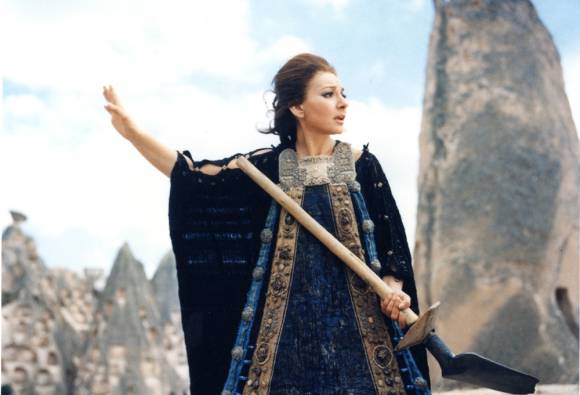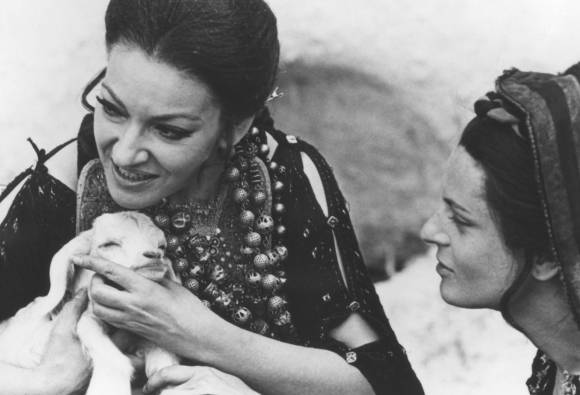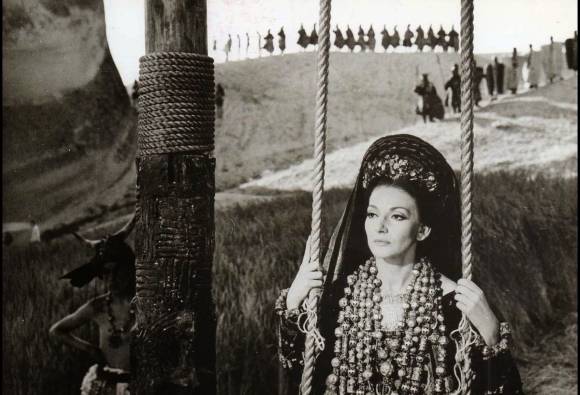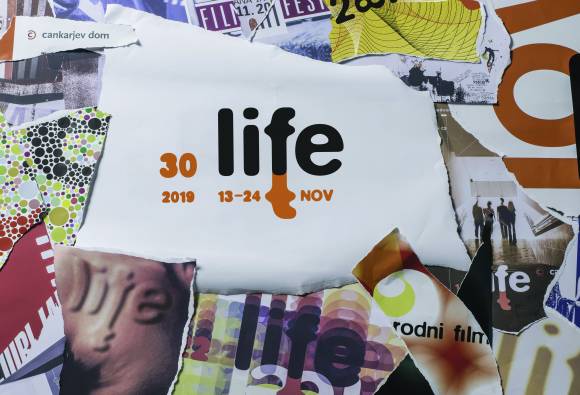Slovenia’s biggest international film festival comparable to some of Europe’s main film showcases features outstanding achievements in global cinematography and major festival prize-winners (Cannes, Rotterdam, Berlin, Amsterdam, Vienna, etc.).

In Medea I reproduced the topics of all my previous films … Invariably versions of one and the same theme, which is the unsolved relationship between the plebeian world or the subproletariat and the cultivated world, the bourgeoisie. In Medea, I addressed this subject directly: Medea is a heroine of the subproletariat, the archaic, religious world, and Jason belongs to the rational, laic, modern world. Their love reflects the clash of these two cultures.
The set design featured in the first part of Pasolini’s Medea, which takes place in Colchis (shot on location in Cappadocia and Syria), is similarly nonhistorical as in Oedipus Rex. Medea (Maria Callas) makes an appearance as a witch and a priestess attending the sacrificial disembodiment of a young man whose blood is sprinkled on produce to secure the harvest and his meat distributed among tribal people. This archaic sacrifice and fertility rite is juxtaposed with the arrival of Jason and the Argonauts, depicted as an invasion of plundering and bloodthirsty Greek colonialists. Jason is on a quest for the golden fleece, a Colchian relic which Medea offers to Jason of her own accord: she thus wins his love but loses her magical powers.
Whilst still drawing from Euripides’ tragedy, in the second part (set in Corinth and shot on location in Pisa, on Piazza dei Miracoli) Pasolini seems to make Medea a homo sacer, a social outcast and rejected lover (Jason marries the King of Corinth’s daughter), who has a high price to pay to regain her sanctity. And Pasolini, like his centaur in Medea, takes the side of sanctity.
Zdenko Vrdlovec
Medea
5'50 EUR
5% discount on online purchases cd-cc.si






